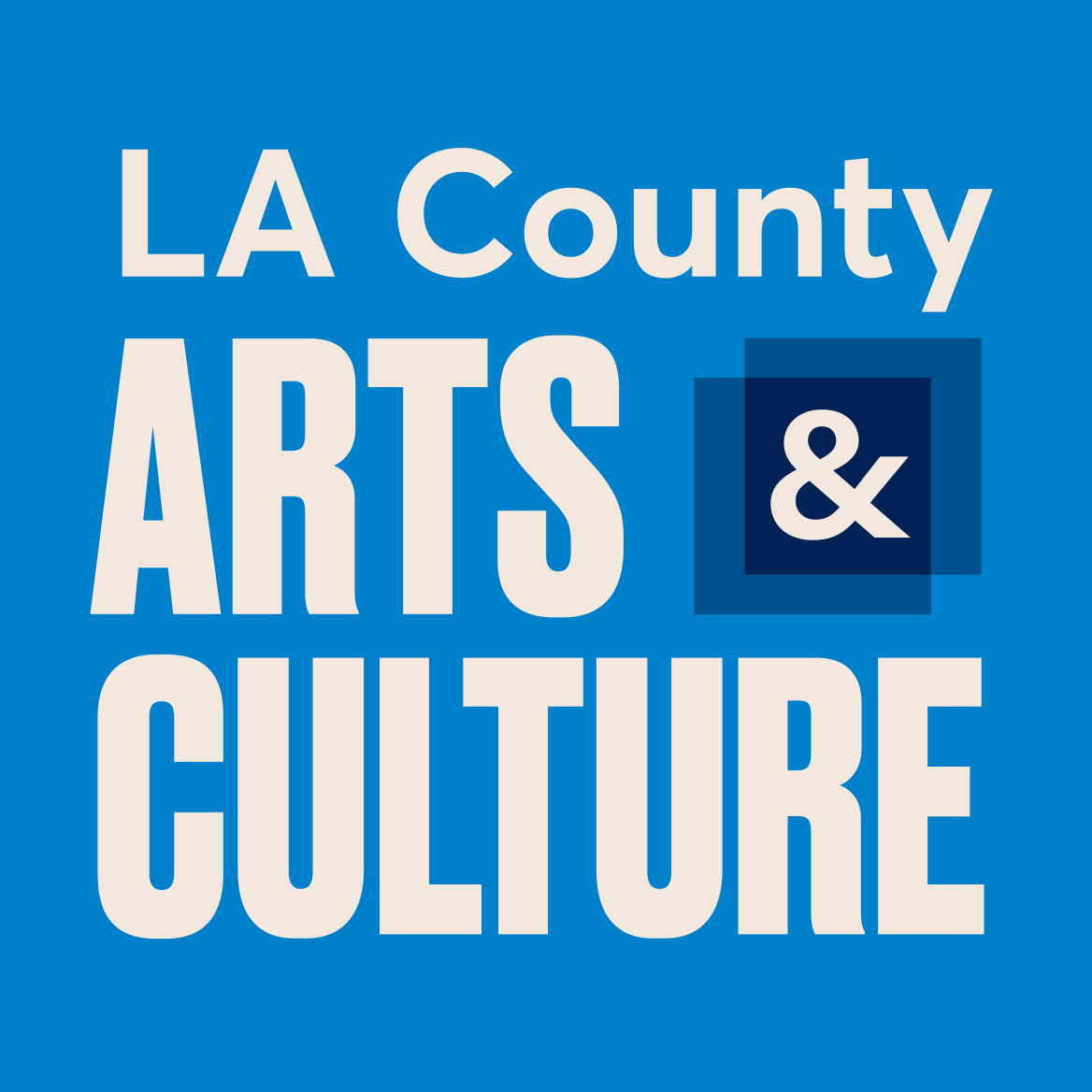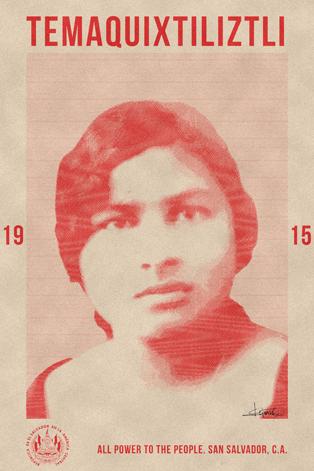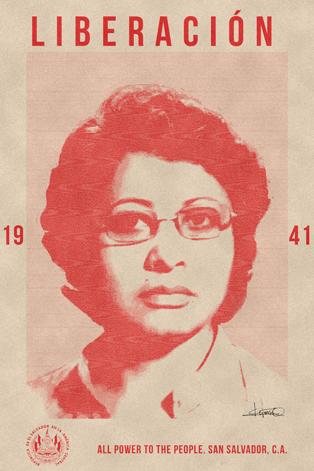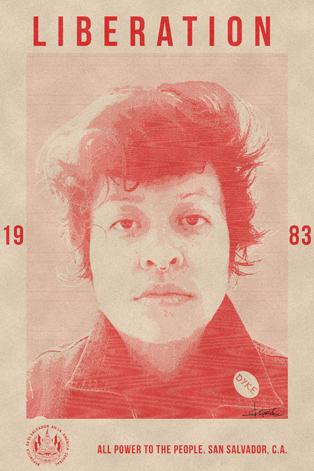Artist Name
About The Artwork
Temaquixtiliztli, 2019, Print
Liberación, 2019, Print
Liberation, 2019, Print
Artist Lilliana C. Castro presents a series of artworks featuring three generations of womxn born in her native San Salvador, El Salvador, captured from 1915 – 2019. The titles range from Temaquixtiliztli, which means liberation in her native Nahuatl Language (Pipíl) and depicts the artist’s grandmother, Narcisa Barrera Zavaleta; to Liberación, the Spanish word for liberation to signify the impact of colonial invasion upon the country and which depicts the artist’s aunt, Teresa de Jesus; to Liberation in English as representing the quest for freedom that is sought through immigration to different lands, personified by a portrait of the artist herself.
Together the artworks are intended to represent the important roles womxn occupied in the artist’s upbringing and immigration journey to the United States, as well as the efforts and sacrifices of female leadership in the FMLN movement to pave the way toward liberation in El Salvador. In this way, the prints are meant to sharply contrast the lack of womxn visibility in the country’s top leadership position and the fight for womxn’s rights that persists today, as the country continues to reinforce traditional gender roles to control and inflict violence upon womxn and LGBTQ+ communities.
The materials used in the prints are burlap for the canvas, which represents the fertile soil of the land and the exploitation of the country through its coffee production. The multidirectional line patterns represent the U.S. military presence and financial involvement in the Civil War, in which more than 75,000 people were killed and 1.5 million people were displaced. The red color is symbolic of a wider solidarity with all those who fought in the FMLN movement and its revolt against the ruling dictatorship in 1932–specifically the 30,000 Indigenous people, identified through their traditional dress and language, who were massacred as a result of their participation in the insurrection in what is known as La Matanza (Massacre).
One of the main motivations for this work was to create greater visibility for queer identities, womxn and the Salvadoran diaspora. As of the 2021 U.S. Census, an estimated 463, 000 Salvadorans reside in Los Angeles County.



